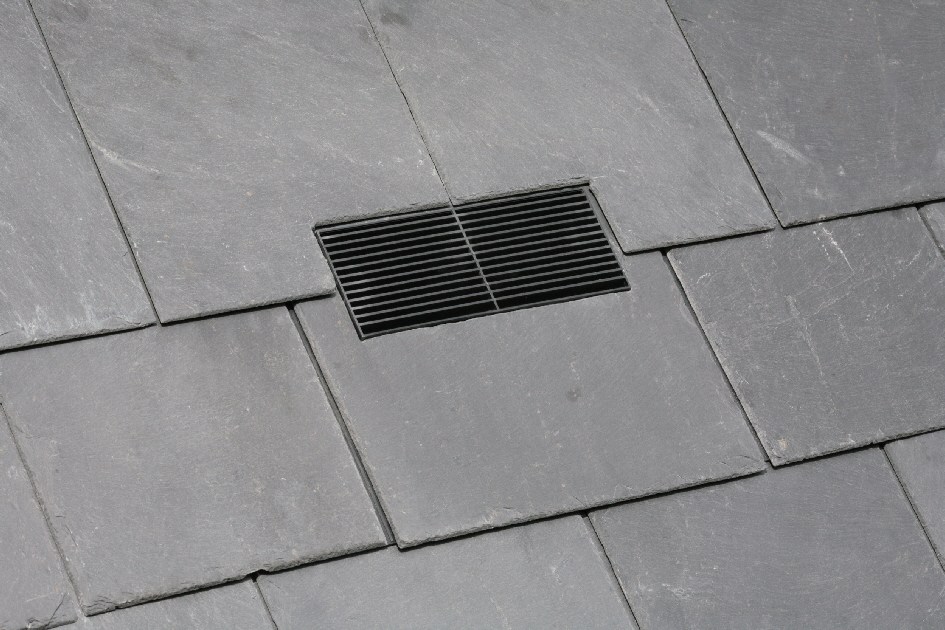
09 May What are the most effective methods of roof ventilation?
Roof ventilation is something every homeowner needs to be aware of.
A poorly ventilated roof can end up causing all kinds of problems within your home, which, in some cases, can be very expensive and time-consuming to fix.
So how does roof ventilation work? And with so many different options available, what is the most effective way to ventilate your roof?
Why roof ventilation is important
Good roof ventilation matters more than ever before.
These days, homes are built to be more energy-efficient, which means they are extremely effective at keeping warm air inside the home.
This is a great advantage when it comes to your heating bills; however, it does make it harder for air to circulate properly throughout your loft or attic space.
If your roof doesn’t have the correct ventilation, an excess of warm air can cause moisture to build up in your loft or attic. This results in condensation, damp and even structural problems in extreme cases.
So, how can you ventilate your roof to ensure this doesn’t happen?
The different types of roof ventilation
There are several different types of roof ventilation to choose from. These include:
Ridge vents
These are installed along the ridge at the very top of the roof, where the two sides of the roof meet. A ridge vent enables air to circulate out of your loft or attic rooms, and prevents moisture from getting in.
Box vents
As their name suggests, box vents are box-shaped, and they are installed near the top of the roof. They can be made from either metal or plastic, and their purpose is to vent hot air out of your loft. Usually, multiple box vents are needed to provide effective ventilation.
Soffit vents
These are installed along the bottom edge of your roof, underneath the eaves. They are designed to increase the flow of air into your loft or attic. Soffit vents are rarely used alone, are they are more effective in combination with ridge vents or box vents.
Gable vents
These are usually installed while a house is being built. They offer a way for hot air to be released from the loft, but they often can’t be fitted retrospectively.
Electric vents
These run on electric power, so they are not an energy-efficient or environmentally friendly option.
Which type of roof ventilation should you choose?
The most effective method of roof ventilation for you will depend on several factors, including the design of your home and the size and shape of your roof.
It is important to always consult with a professional roofer when choosing ventilation options. Please contact us if you would like more information and advice – we will be happy to help.

Sorry, the comment form is closed at this time.